Students and teachers streamed into high school classrooms in Menlo Park, Woodside and Atherton on Monday, April 5, but not before each student completed a health screening and received a spray of hand sanitizer. This was the first time many had returned to campuses for classes since the COVID-19 pandemic lockdown over a year ago.
Some 120 M-A students contended with a lockdown their second day back after someone called Atherton police threatening to "shoot up" the school. The threat appeared to be fake, police Chief Steve McCulley said, but police took precautions to clear every classroom.
"This is not exactly how we wanted to return to school, but our preparedness for situations like these kept everybody safe," said Principal Simone Rick-Kennel in an email.
About 600 students, or roughly one-third of Woodside High School's student body, opted to come back for in-person learning, divided into two cohorts of 300, according to Principal Diane Burbank. During the first two weeks on campus, there are only 150 students on-site per day because those cohorts were split in half, she said.
"(Woodside) had a smooth opening for the 150 students assigned to the first cohort," she said in an email. About 70% of those expected to attend classes on April 5 reported to campus, she noted.
Student get colored wristbands to indicate they've completed their health screenings. Students are instructed to walk in hallways on the right hand side (just like driving) and line up 6 feet apart for the restroom.
Teachers are leading classes over Zoom for students attending class remotely, but the school invested $20,000 in 20 high-tech cameras that track a teacher as they walk around the classroom giving a lesson, Burbank said. The hope is that for some teachers, this may replace the need to talk directly to the Zoom screen and offers a more natural teaching experience, she said.
At M-A, students are given two wristbands. One colored band indicates that they passed the health screening for the day and the other colored band indicates which zone they can eat lunch in that day.
Some M-A freshmen got the chance to meet for in-person cohorts starting in February.
Of the 9,300 students in the Sequoia Union High School District, those who opted to return to campuses are divided into four groups (A, B, C and D), according to the reopening plan submitted to San Mateo County on March 1. For example, on April 5 and 6, Group A attended class on campus. On April 8 and 9, it's Group B's turn. Students are on campuses Mondays, Tuesdays, Thursdays and Fridays. Wednesdays are designated for asynchronous learning, which is done from home.
After the first two weeks of testing the system on 25% of the student body, a school will combine the four groups into two new groups, bringing the campus up to 50% of returning students at a time.
Staff perspective
The district reopening comes on the heels of complaints from some teachers at a school board meeting that they were not granted accommodations to continue to work from home due to health or family circumstances.
Rachel Andres, who teaches math at Menlo-Atherton High School and is also a district AVID resource teacher, said some students can't return for in-person learning because they have to watch younger siblings or can't afford to get COVID-19 if they're exposed at school. She's seen some families "absolutely decimated by COVID" who are struggling to pay both rent and funeral costs.
"Mental health problems that existed pre-pandemic for staff and students have been exacerbated by our collective trauma and grieving over the lives we used to lead," she said in an April 5 email. "I understand how hard it is for parents/guardians to see their students suffer and struggle, and I understand why they see bringing students back to campus as the way to heal their pain. I think health care providers deserved some of the anger directed at the district, (school) board, and staff because families could not easily access mental health appointments to cope with the challenges of living through a pandemic."
The district's reopening has been imperfect, she noted. COVID-19 testing of district teachers is infrequent (once a month) and she is not sure why anyone thinks that improper mask wearing amongst students or staff will not be an issue. There are rooms that cannot have doorstops where it's recommended the door stay open for ventilation. Some rooms were set up with teachers' desks positioned so that computers could not be connected to the projectors, and lunch plans weren't shared until the last minute, she said.
"We know from social media and seeing people in the community that not all of our staff, students, or parents/guardians wear masks at all times around others," she said. "A quick check in today with my students suggests that several of them traveled over the spring break, and some of those who traveled were in person for instruction today. ... I have heard far too many people dismiss the possibility of COVID spread in schools and also several who suggest that those pushing for a reopen don't care about teachers' lives. I don't think either of those viewpoints capture the complexity of the situation. I think both narratives are damaging to our community."
For Steve Kryger, co-athletic director at M-A, a math teacher at the school and a parent whose children attend public schools in the area, the reopening has been both "exhilarating" and "exhausting."
"It's exhilarating because this is what we (teachers) love to do," he said. His classes have had anywhere from three to six students in them. "We love to be in the classroom with kids."
There are challenges. Trying to trying to keep the students on Zoom and the ones in the classroom engaged is exhausting, he said, and the air purifier is really loud.
"It's well worth it. The kids in the classroom don't have to be on any device; the kids in the classroom are getting as close to the old experience as they had," Kryger said.
M-A Mental Health Support Specialist Shionda Nickerson said returning to campus should help some students struggling with isolation during the pandemic, but for others it won't be a fix.
"Some students had mental health concerns present before the pandemic, which only exasperated them; those things are not going to go away," she said. "Some issues were solely around isolation; for those students, coming back will absolutely impact their mental health in a positive way. It will look different (to be on campus): They can only walk one way, they're wearing masks, sitting behind a partition — it's not normal, but it is something."
But for some students, it's going to take more than just coming back to school to improve their mental health, she said.
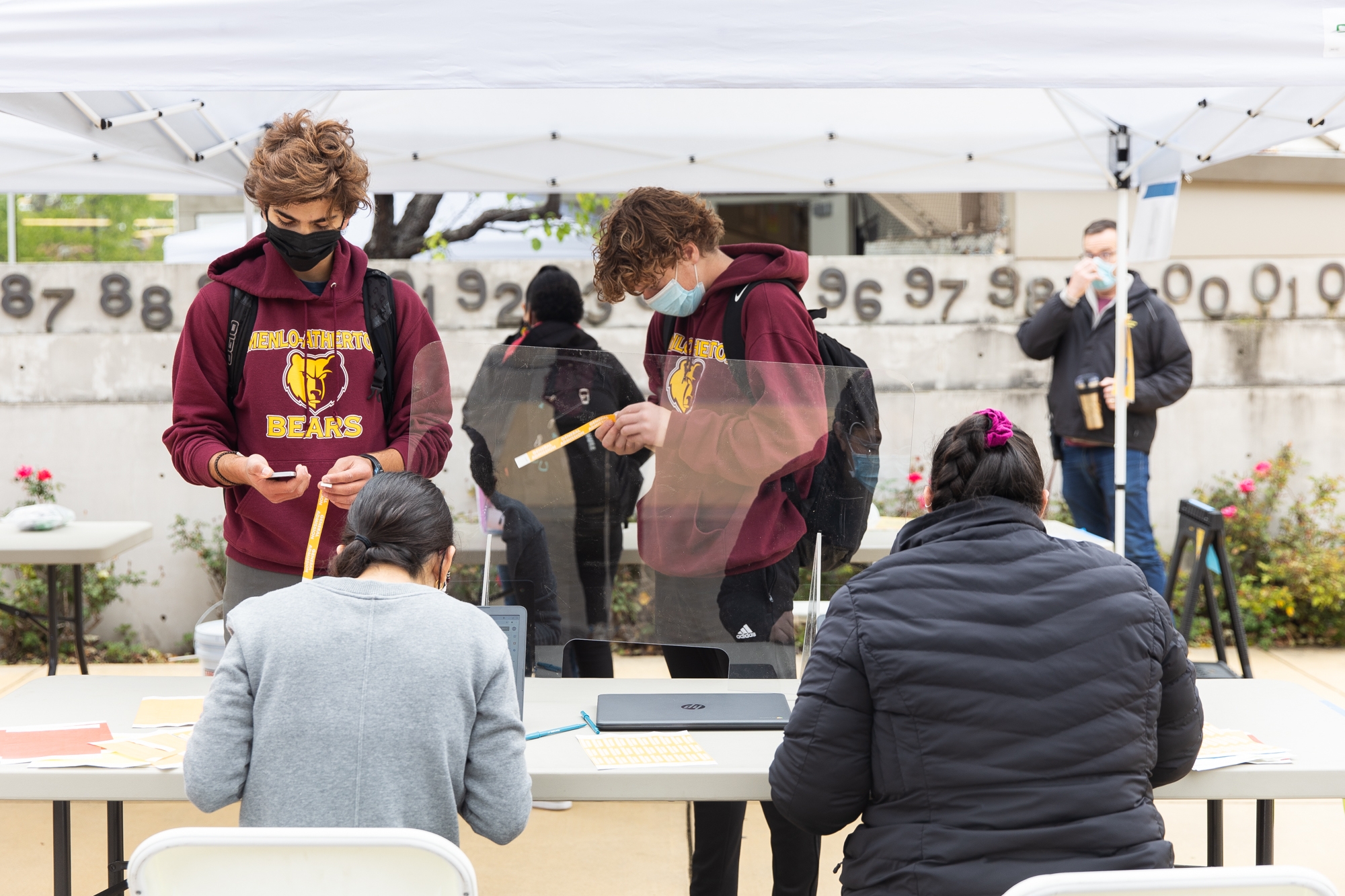

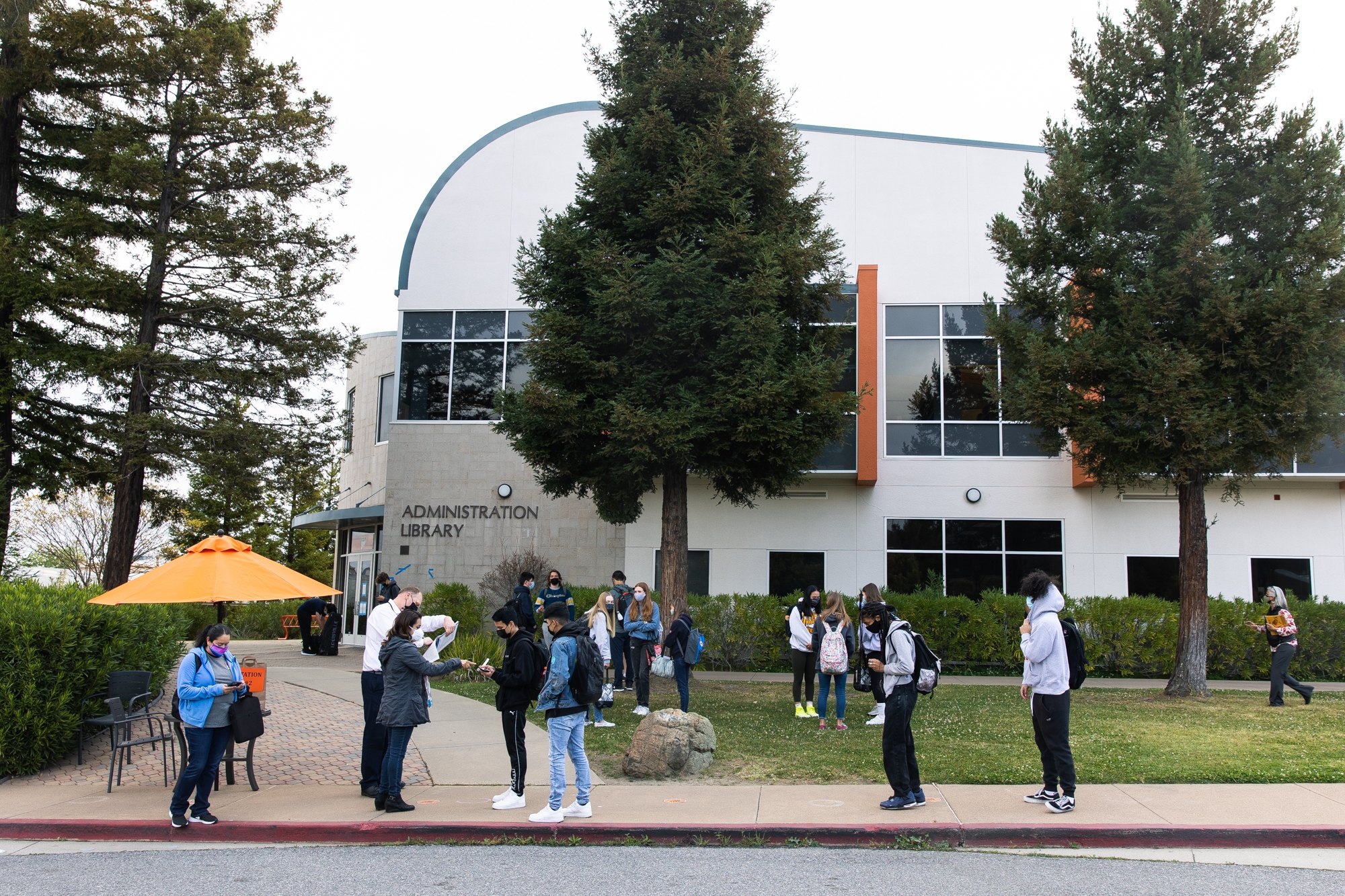
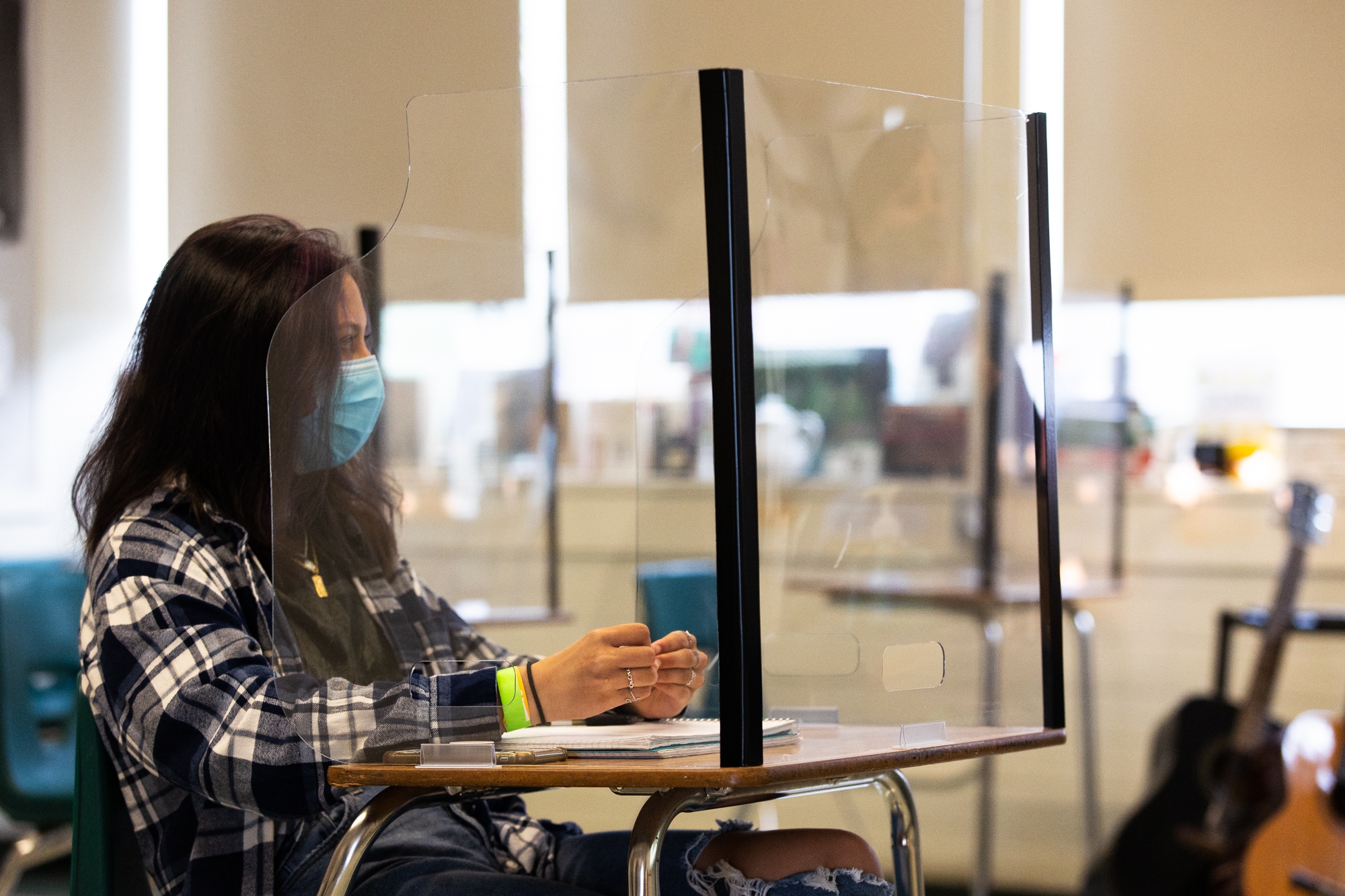
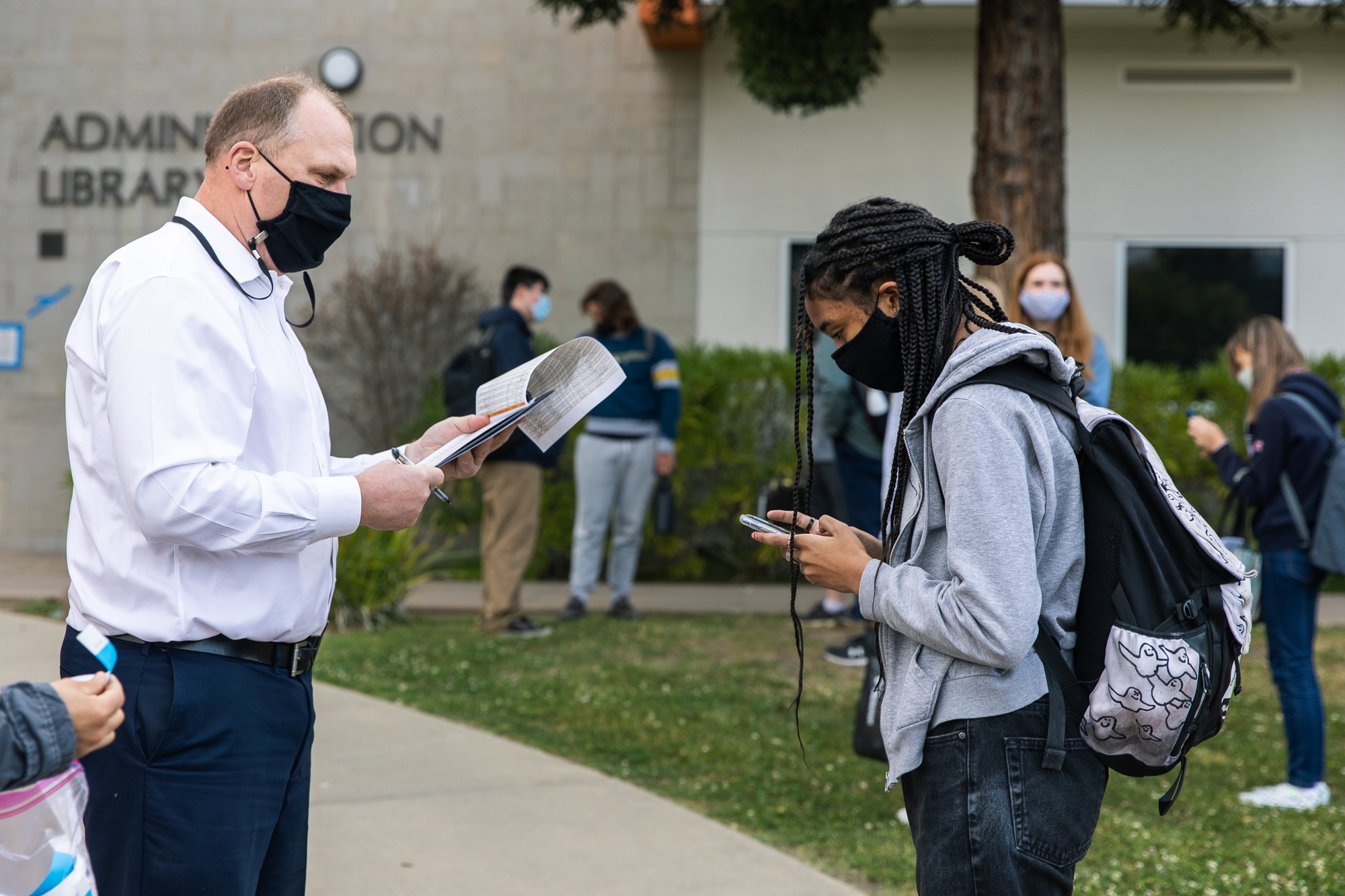
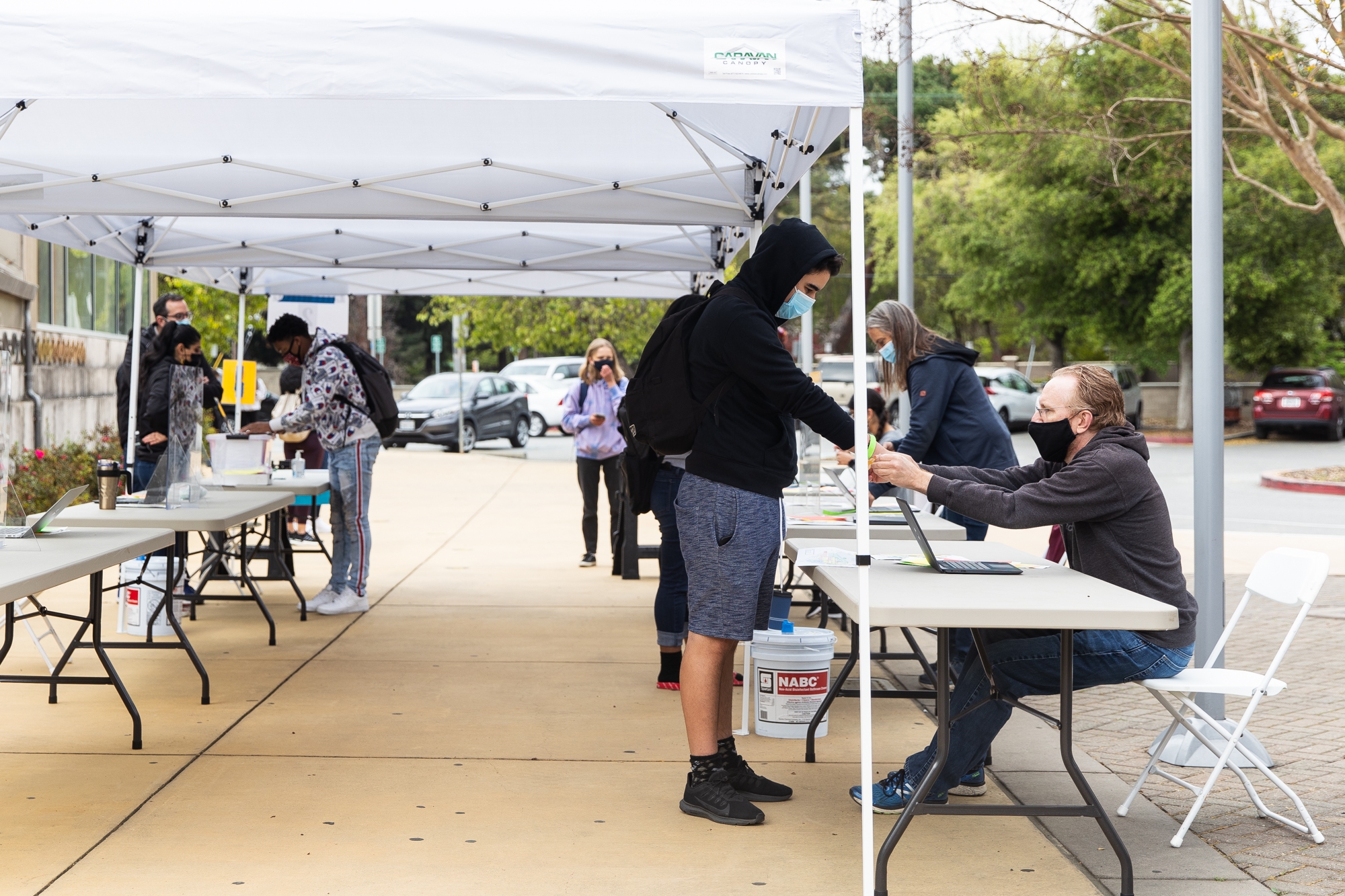

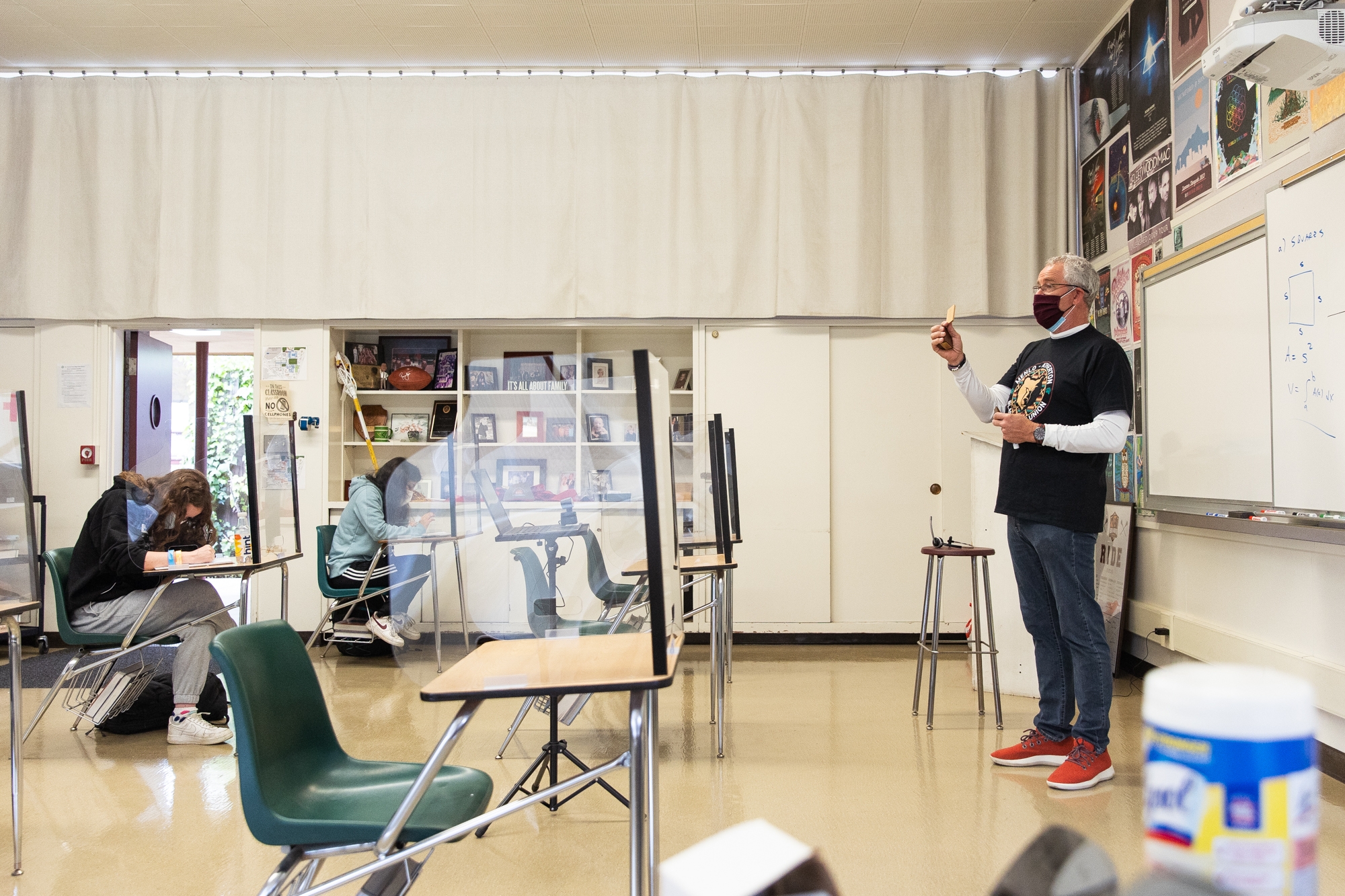

Comments
Registered user
Portola Valley: Central Portola Valley
on Apr 9, 2021 at 9:21 am
Registered user
on Apr 9, 2021 at 9:21 am
"sitting behind a partition — it's not normal, but it is something". that something is called fake safety - total nonsense - lose the physical barriers.